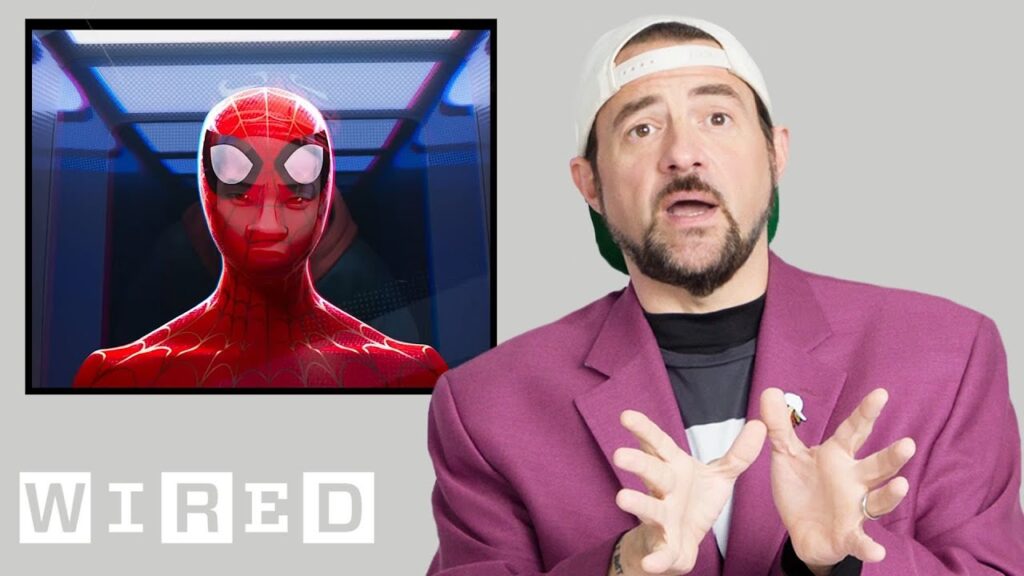Shifting Costs and Consumerism in Healthcare
Summary
This Q&A discusses the impact of market forces on healthcare costs and how consumerism can lead to a shift in healthcare behaviors. The speaker explains how the lack of transparency in pricing for medical procedures and services has contributed to a culture of not caring about healthcare costs. However, as employers offer different types of healthcare plans and patients are required to pay more out of pocket, individuals are becoming more conscious of the costs and making decisions based on price and value.
Table of Contents
- Market Forces and Addiction to Employer-paid Healthcare
- Shifting Consumer Behaviors
- The Impact of High Deductible Plans
- Transparency in Pricing
- The Need for Consumerism and Transparency in Healthcare
Introduction
Healthcare costs in the United States have long been a hot topic for discussion, with experts and stakeholders offering different perspectives on how to address the issue. This Q&A sheds light on the impact of market forces on healthcare costs and the role of consumerism in shifting healthcare behaviors.
Q&A
Market Forces and Addiction to Employer-paid Healthcare
Q: Why is it that healthcare costs are so opaque, and people don’t know how much medical procedures and services cost?
A: This is a result of a culture that has developed over the years, where employers offered medical care for their employees. The incentives associated with this decision have led to a shift in responsibility for healthcare costs, where individuals don’t have to worry about the cost, and someone else is paying for it. This has created a culture where people don’t care what healthcare costs, and there is no incentive to control costs.
Shifting Consumer Behaviors
Q: How have consumer behaviors changed in recent years when it comes to healthcare costs?
A: Employers are now offering different levels of healthcare plans, which are forcing patients to pay more out of pocket. As a result, people are becoming more conscious of the costs and making decisions based on price. The transparency in pricing has to be put in place for us to work on this healthcare juggernaut. People are preferring to go to urgent care centers as they are more cost-effective, and the results are not that different from the hospital emergency rooms.
The Impact of High Deductible Plans
Q: Do high deductible plans help in reducing healthcare costs in the long term?
A: High deductible plans can indeed help reduce healthcare costs. When individuals have to pay more out of pocket, they are more likely to be cautious when it comes to using healthcare services. They are also more likely to compare prices and choose more cost-effective options.
Transparency in Pricing
Q: How can transparency in pricing be achieved in healthcare?
A: Healthcare service providers must provide patients with a clear breakdown of the costs involved in medical procedures or services before treatment. Transparency in pricing should be non-negotiable as this helps create a competitive environment for service providers to offer better prices.
The Need for Consumerism and Transparency in Healthcare
Q: Why is consumerism and transparency important in healthcare?
A: Transparency leads to a hospitable market, which can result in better rates that are competitive among service providers. And consumerism means that people become healers of themselves. People get a priority in decisions that are made about their health, and this empowers them to make the right choices when it comes to their health.
Conclusion
Shifting healthcare behaviors through consumerism and transparency is the need of the hour as it would allow for better competition among healthcare service providers and control the costs ultimately. The culture established after World War I needs to be challenged so that everyone becomes more responsible for their health expenditures. The progress towards creating a transparent marketplace is being made, which gives a lot of hope for the future.







